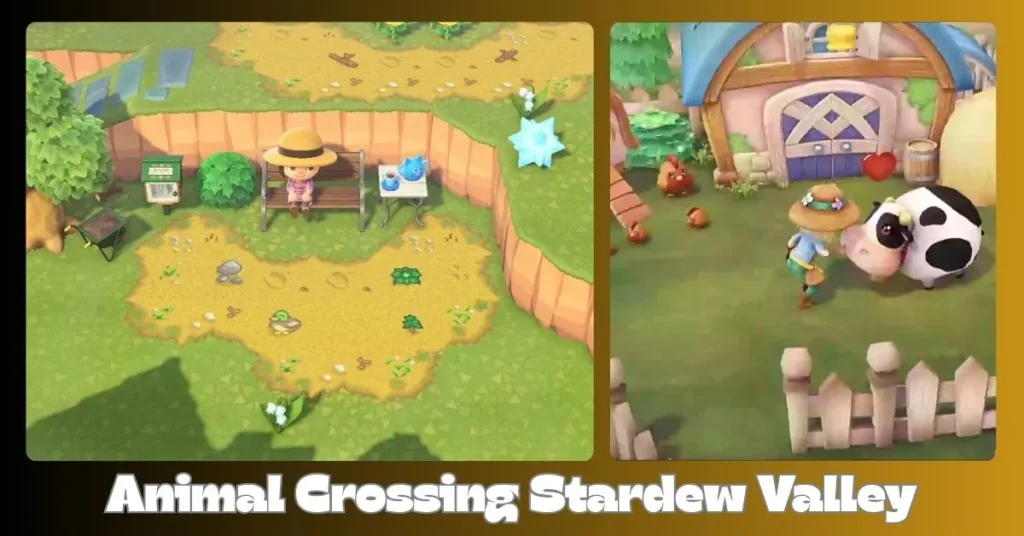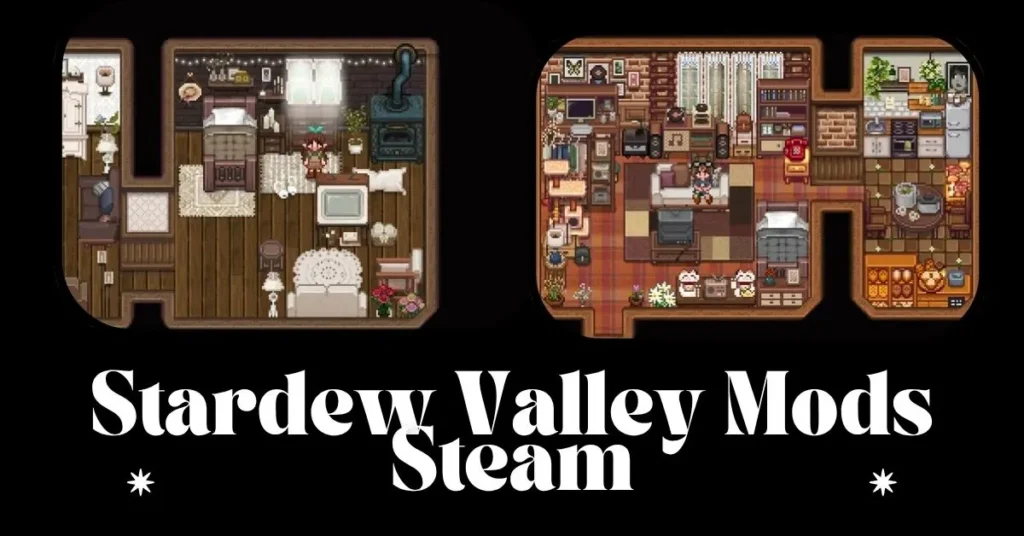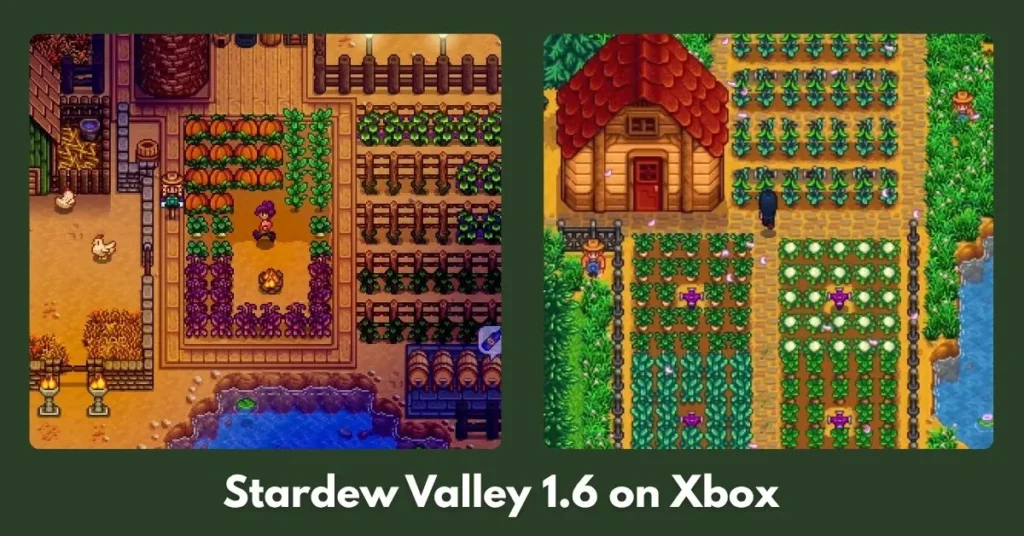Animal Crossing: New Horizons captured the world’s imagination, offering an unparalleled escape into a customizable island paradise. Yet, for many dedicated players, the charming daily routines eventually plateaued, leaving a desire for deeper, more persistent engagement.
This is where the acclaimed cozy game, Stardew Valley, with its impressive 89 Metacritic score (for PC and Nintendo Switch versions), offers a brilliant blueprint for Animal Crossing’s future: a compelling, progressive exploration system that extends beyond the town limits.
The Enduring Charm of Cozy Games: A Metacritic Darling
The “cozy game” genre has exploded in popularity, providing solace and creativity to millions. While Animal Crossing: New Horizons stands as a titan in this space, games like Stardew Valley have quietly perfected elements that resonate deeply with players seeking continuous discovery and tangible progression.
Developed by Eric “ConcernedApe” Barone, Stardew Valley arrived in 2016, quickly becoming a phenomenon for its blend of farming, social simulation, combat, and deep exploration. Its critical acclaim, highlighted by a strong 89 Metacritic score, isn’t just for its robust feature set, but for how seamlessly these features integrate to provide a sense of ongoing purpose.
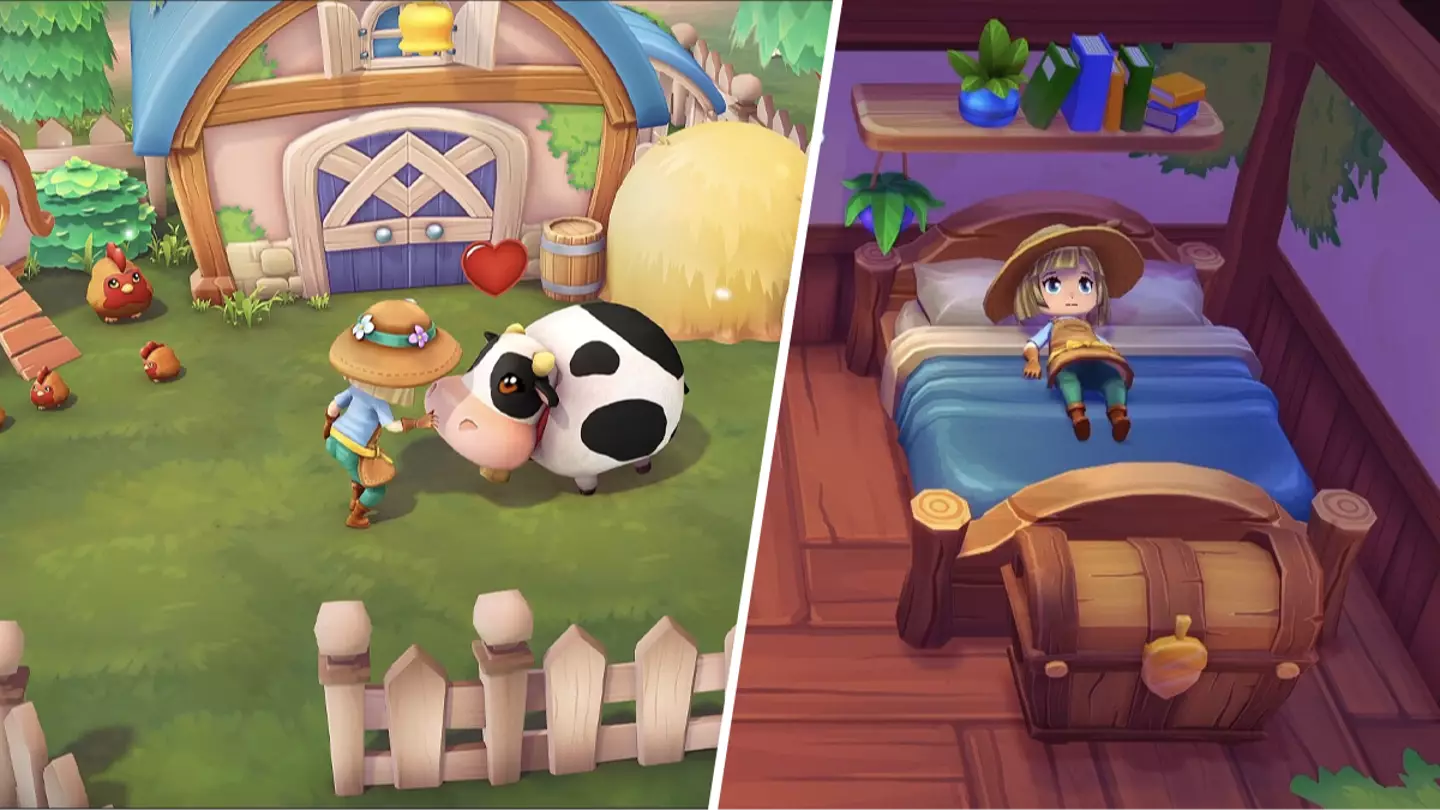
The Key Feature: Beyond the Island’s Edge—A Call for Structured Exploration
Animal Crossing: New Horizons excels at island customization, allowing players to sculpt landscapes and decorate homes with unprecedented freedom. However, its core gameplay loop, outside of terraforming, primarily revolves around daily resource gathering, bug catching, fishing, and limited social interactions. Once the initial island development is complete and the museum is filled, the sense of overarching progression often dwindles.
This is precisely where Stardew Valley‘s “Mines”—or” more broadly, its structured, progressive exploration system outside the main town—shines as a feature Animal Crossing could profoundly benefit from.
What Stardew Valley‘s Exploration Offers:
- Persistent Goals & Rewards: The Mines in Stardew Valley offer a multi-level dungeon crawl (without traditional combat, if Animal Crossing is preferred) filled with valuable resources, unique artifacts, and new challenges as you descend deeper. Each floor cleared, each milestone reached, provides a tangible reward, often unlocking new crafting recipes, tools, or areas.
- Dynamic and Varied Gameplay: Unlike the static nature of Animal Crossing‘s Nook Miles islands, Stardew Valley‘s mines dynamically change, offering different layouts and challenges on each visit. This keeps exploration fresh and exciting, preventing monotony.
- Skill Progression: Engaging in exploration or combat (even if simplified for AC) directly contributes to skill development, offering stat bonuses and unlocking new abilities that enhance the core gameplay.
- Narrative Integration: While not always central, exploration areas can be tied to character quests or deeper lore, providing context and purpose to the venturing.
- Optional, Yet Rewarding: Players aren’t forced into the mines, but the rewards are significant enough to make it an attractive and integral part of the game’s long-term loop.
While we talk about Animal Crossing and Stardew Valley, why not enhance your current farm? Check out our Top Stardew Valley Mods You Can’t Play Without.
Why Animal Crossing Needs This for Its Next Installment
For all its charm, Animal Crossing: New Horizons often leaves players craving more meaningful ways to “play” beyond decorating. Implementing a structured exploration area, inspired by Stardew Valley‘s model, would address several key limitations:
- Combating End-Game Fatigue: A multi-layered cave system, perhaps a mystical forest dungeon, or even ancient ruins on a newly discovered island, could offer endless hours of resource gathering, puzzle-solving, and discovery. This provides a long-term goal that complements, rather than replaces, the relaxing island life.
- Enhancing Resource Acquisition: Instead of relying solely on trees, rocks, and occasional island tours, a dedicated exploration zone could introduce rare materials, unique fossils, or special crafting components that are only obtainable through persistent delving. This adds more value to resource gathering and makes crafting more exciting.
- Deepening Villager Interaction: Imagine villagers occasionally asking for specific items only found in these mysterious depths, or even offering to accompany you on an “expedition” for a day, leading to unique dialogue and bonding opportunities. This could revitalize the often-criticized shallow NPC interactions in New Horizons.
- Introducing New Gameplay Systems (Without Combat): Nintendo could implement light puzzle mechanics, navigation challenges, or even “roguelike-lite” elements where players progress through floors, collect temporary power-ups, and face environmental hazards – all without resorting to combat, staying true to Animal Crossing‘s cozy nature. Rewards could include exclusive furniture, DIY recipes, or unique decor items that truly stand out.
- Boosting Longevity and Replayability: A dynamic, ever-changing exploration system provides an inherent reason to keep playing long after the initial island setup is complete. It offers a fresh challenge and a sense of accomplishment beyond aesthetic perfection.
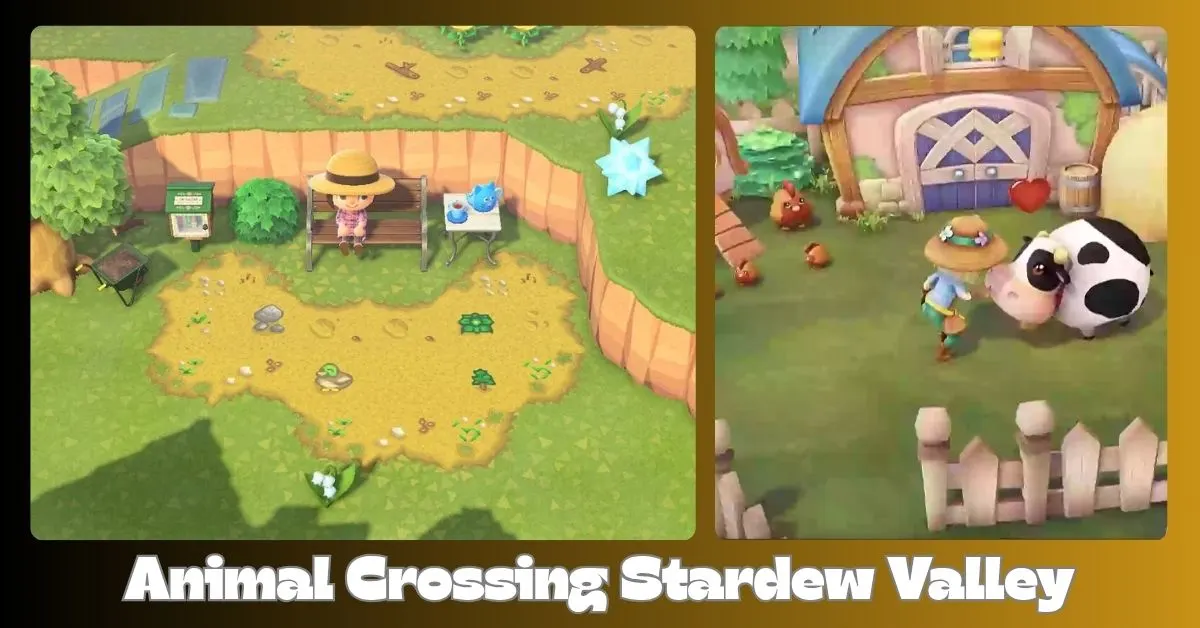
Drawing from years of experience in both gaming and game analysis, it’s clear that while Animal Crossing: New Horizons masterfully created a sandbox for creativity, its reliance on external content updates (like the Happy Home Paradise DLC) rather than baked-in, infinitely replayable progression limited its long-term solo engagement.
Stardew Valley‘s design philosophy, conversely, integrates its varied activities into a cohesive whole, where farming feeds into crafting, crafting supports exploration, and exploration rewards deeper progression.
The high Metacritic score is a testament to this holistic design. This ongoing commitment to perfection is evident in its continuous support and refinement, with even minor patches like the Stardew Valley 1.6.15.1 update bringing essential farm fixes and more. Nintendo, with its unparalleled ability to craft engaging experiences, could take this concept and adapt it perfectly to the Animal Crossing universe, maintaining its signature charm while injecting much-needed depth.
The Future of Cozy: A Richer Island Life Awaits
Imagine setting sail on a hidden boat to a mysterious, fog-shrouded island or discovering a long-lost cave system beneath your island, filled with ancient gyroids and unique resources. This isn’t about transforming Animal Crossing into an action RPG, but about enriching its core loop with rewarding challenges and persistent discovery that align with its relaxed ethos.
Nintendo has the opportunity to elevate the next Animal Crossing game beyond a purely decorative sandbox, ensuring it remains as captivating in its hundredth hour as it was in its first. beyond the familiar shores.

